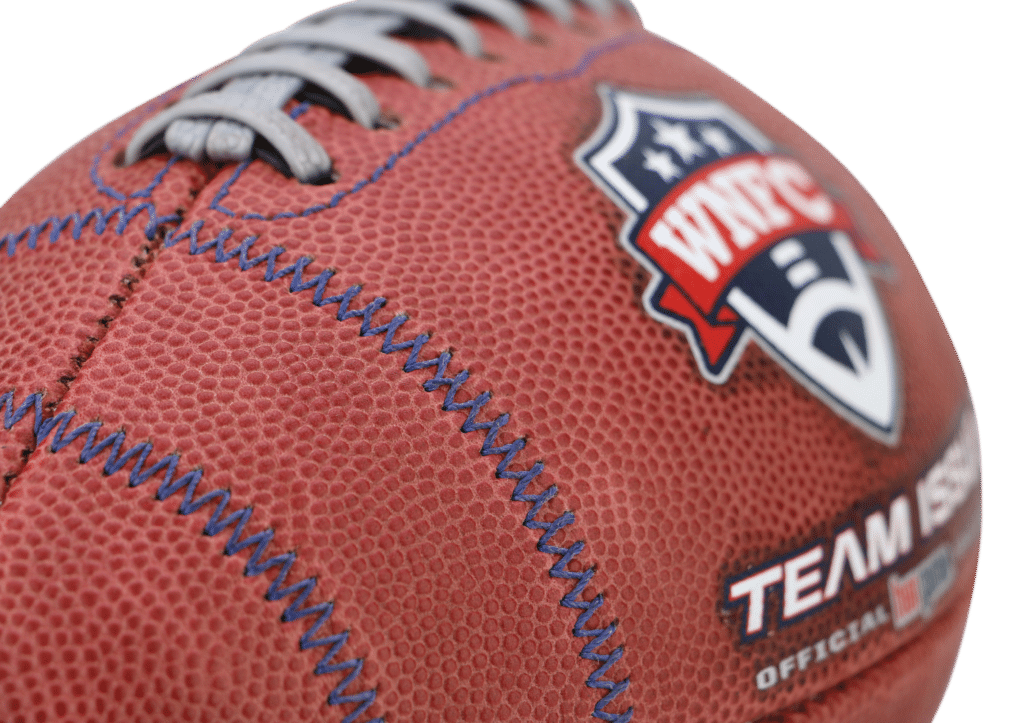History of College Football
November 6, 1869, is a significant day in history as it marked the first-ever college football game. In New Brunswick, New Jersey, the Rutgers and Princeton teams faced off, with Rutgers emerging victorious with a score of 6 “goals” to 4. The sport of football in 1869 was quite different from the version we now play today. Each team had 25 players, and the game rules were similar to soccer in that players could not pick up or throw the ball. The game was played on a large field measuring 120 yards in length and 75 yards in width.
While many different variations of the game were soon created, it wasn’t until the early
1880’s that the game began to resemble the modern one we know and love. Walter Camp, a former Yale player, made significant changes to the rules of the game of football. He limited the number of players to 11 on each side and established a scrimmage system for putting the ball in play. Camp also introduced a system of downs for advancing the ball, requiring a team to make 5 yards in 3 downs (the current system of 4 downs to make 10 yards was not embraced until 1912). The first-down rule was introduced in 1882, which required the marking of yard lines on the field, leading to the term “gridiron.” You can learn more about why it was called the gridiron in one of our other blog posts. With the adoption of Camp’s new set of rules, the game spread rapidly, and by the beginning of the twentieth century, around 250 colleges were participating.
History of the Football
American football originated from soccer and rugby, and initially, the ball used was round and was made from pig bladders. This is where the term “pigskin” comes from. To know more of the history behind why a football is called a pigskin, read our blog! Due to its unpredictable size and shape, it soon evolved into a more oval shape resembling a watermelon. Though it was a little hard to throw, it helped the game introduce concepts like laterals and pitches.

The year 1906 marked a turning point in football history as the execution of the first legal forward pass was completed. The effectiveness of this passing game led to the development of a more aerodynamic ball that could be passed with ease. The ball’s prolate spheroid shape made it easier for players to hold it with one hand and throw a precise spiral. In 1912, college football adopted a new standard size for footballs, with dimensions of 22″ x 12″ x 7″. Eight years later, the American Professional Football Association (what would later become the NFL in 1922) was established. In 1935, the NFL decided to change the dimensions of their football to 21″ x 11″ x 7″, making it easier to throw. College football then followed, and these dimensions continue to be used today.
Our footballs are made in America
With the history of American Football being so rich, we want to continue that by having all of our footballs manufactured here in the USA. Our footballs are crafted with great pride, ensuring top-notch quality, visually stunning design, and high durability. In contrast to the current trend of outsourcing manufacturing to foreign countries, we produce our footballs right at the heart of where the sport was born and thrives – in America.

We are proud to be a major producer of on-field footballs for collegiate programs every season. Our American-made footballs have become the preferred choice of Division I teams all over the country. It can be confidently stated that Big Game is currently the top producer of FBS college game balls, having supplied balls for 112 out of 133 universities. Check out the list of on field college footballs we manufacture and shop there game balls today!
